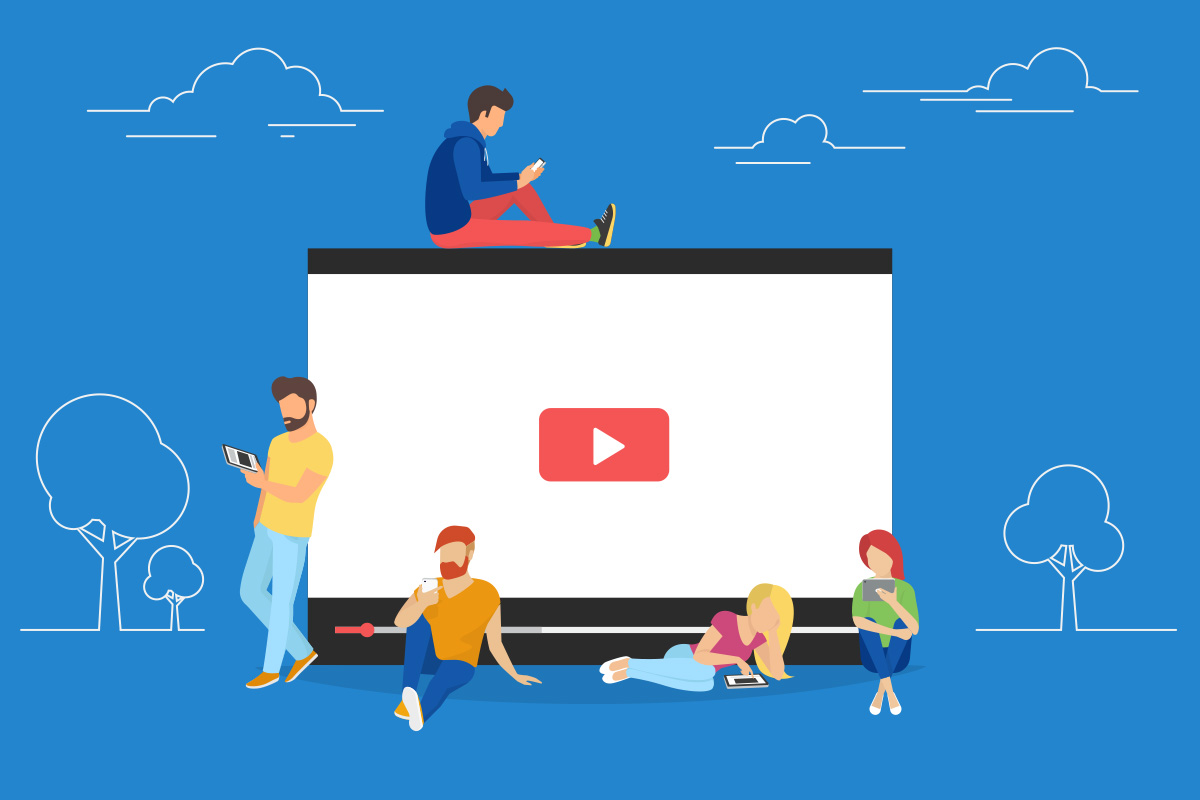How to create and deliver a powerful presentation introduction inspired by the most watched TED talks
Moments before each presentation, the air is thick with expectations. The audience is bustling with curiosity and unuttered thoughts, waiting for you, the speaker, to break the silence with a good presentation introduction. Within those first few minutes, the audience is hanging on your every word, gauging whether or not the rest of your presentation is worth listening to.
Have you heard of the 20-minute rule for public speaking? Or the idea that we only have 7 seconds to make a strong first impression? Regardless of the specific time stamp, there’s a reason why so much importance is put on that initial encounter between speaker and audience. It’s the moment when the audience is naturally most engaged and when the speaker has the opportunity to set the tone for the rest of the presentation.
The presentation introduction has three goals: to get the audience hooked, to identify the main topic and core message and to give the audience an overview of the points that the presentation will cover. It is the most important part of any talk and the most difficult hurdle to overcome for a speaker. But it doesn’t have to be. Featuring some of the most watched TED talks, we’ll walk you through how to create and deliver to a powerful introduction. Keep reading.
How to grasp your audience’s attention
No big deal: this is only the moment when, as a speaker, you convince your audience that your presentation is worth listening to. Nervous? You shouldn’t be. Grasping your audience’s attention doesn’t require you to make an entrance riding a carriage pulled by a white horse. (—although that would surely do the trick) Keep in mind that, at this point, the audience members are still naturally attentive. So keep it simple, and keep it human.
Start a conversation
Think of it as a conversation. Like the simplest of human interactions, all it takes is a simple “Hello. How are you?”
In the most watched TED talk of all time “Do schools kill creativity?”, speaker Ken Robinson starts his talk with just that, a: “Good morning. How are you?”.
Much like a conversation, he greets the audience and proceeds to talk about the TED talks that came before his. He creates a rapport with the audience by talking about an experience that he shared with them. Drawing from that shared experience, he humorously introduces his topic: education.
Involve your audience
If Ken Robinson’s hilarious conversation starters aren’t for you, try creating a rapport with your audience by getting them to do something. Being interactive with your audience is a surefire way to get their attention. Also, involving them in your presentation has the added benefit of increasing their retention rate.
In the TED talk “Your body language shapes who you are” that has over 40 million views, Amy Cuddy kickstarts her presentation introduction by asking the audience to take a minute to assess their posture. “How many of you are sort of making yourselves smaller?” she asks, acknowledging what many of the audience members are doing. She creates a rapport with the audience by acknowledging their behavior and eventually connecting this behavior to her own topic: body language.
Try something similar in your presentation introduction. Ask your audience to stand if they’ve been sitting for a while. Ask them to introduce themselves to the person they’re sitting next to.
Ask a question
Simon Sinek opts for something arguably more classic: asking a rhetorical question. In his TED talk called “How great leaders inspire action” that has raked over 30 million views, he starts off by asking: “How do you explain when things don’t go as we assume? Or better, how do you explain when others are able to achieve things that seem to defy all of the assumptions?”.
He then continues by citing a few references that the audience is familiar with, namely Apple and Martin Luther King. The question he asks are simple: “Why him?” “Why are they different?”. He creates a rapport with the audience by inviting them to ponder the answers to the questions that he is asking, albeit rhetorically.
Introduce your topic by asking the questions that your presentation is going to answer.
Tell a story
In “The Power of Vulnerability” talk, which is the fourth most watched TED talk after Robinson’s, Cuddy’s and Sinek’s, Brené Brown begins her presentation with an anecdote. She tells the story of how, a few years back, an event planner was struggling to sell her title as “researcher” at a speaking event, arguing that it sounded too boring to attract an audience. Brené Brown told the story lightheartedly, connecting to the human side of the audience by explaining her personal struggle with the situation.
Appeal to the human side of your audience by drawing from your own experiences. Talk about a struggle that you overcame, a flaw that you are trying to work on, an experience that changed your life. The power of storytelling is that the audience doesn’t need to experience exactly the same thing for them to relate to your story. Sharing your own experiences encourages them to draw from their own, thus helping them grasp your message better as they relate it to something that they have experienced themselves.
Introduce your core message
Contrary to the dramatic structure where the story gradually builds up to a climax, your core message needs to be introduced in your presentation introduction. The audience’s attention curve when it comes to presentations tends to plummet shortly after the introduction, so you want to deliver the main message while you still have their attention.
Identifying the main topic and the core message of your presentation is as straightforward as that — telling the audience what your presentation is all about. Your presentation introduction needs to convey the core findings of your study, your eureka moment, your discovery or your core belief.
Ken Robinson, Amy Cuddy, Simon Sinek and Brené Brown all revealed the main idea of their talk within the first 3 minutes of their presentation introduction. Julian Treasure’s talk is no different. Within 3 minutes, he has outlined the main points of his talk by citing the “Seven deadly sins of speaking”. Within 3 minutes, the audience knows what they are about to sit through, making it easy for them to decide whether or not the rest is worth listening to.
Implement the same principle in your presentation introduction. Hook your audience within the first few minutes and drop the most important part of your talk while they’re still taking the bait.



